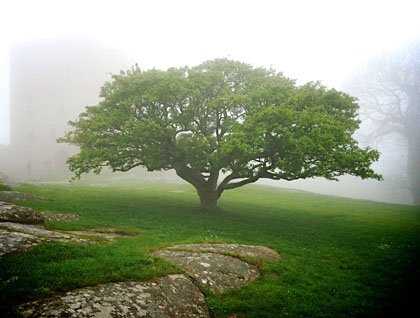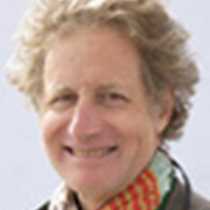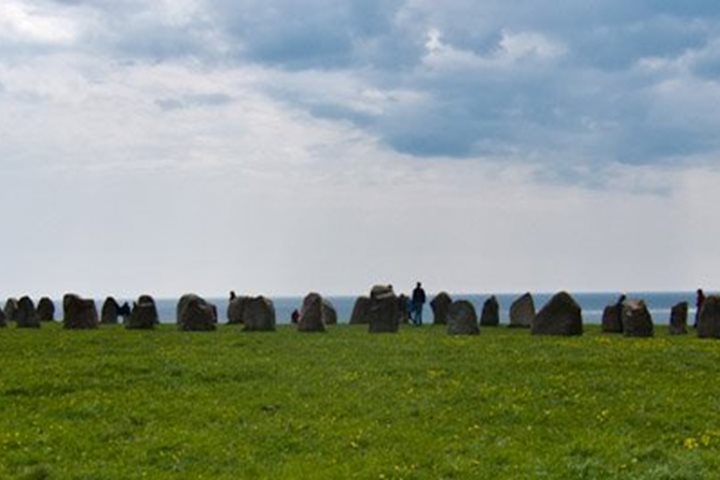It’s official; the guide books always list the two Danish islands of Christiansø and northern Bornholm as the two sunniest parts of Denmark. Here they sit, lying out in the Baltic, 200 long km from Copenhagen, its capital city. Sometimes they are right; after all this is the only place in Denmark where you can grow figs. Still the destination where all the Danes like to come for their long six-week summer holiday to tan their bodies and lower their stress levels. Statistics boast over 600,000 visitors year-round. The Danes fantasize all winter long about coming here to sit in the sun, drink beer, and eat smoked herring (røget sild), very often in the converted smokehouse restaurants located on the northern coast near Gudhjem.
Instead, for our arrival to Christiansø, we are greeted with mist, fog, light rain, and a cool westerly ocean breeze. Magical. Weather much more typical of the region in early spring. In fact this morning the wildflowers are in bloom and the migrating birds are on their nests with their newly hatched chicks. We even spot a lost gannet, which has settled on the island for over a year looking unsuccessfully for a mate. It has decided to create a new home for itself and its potential mate by building a nest on the busy pier. We also spot many eider ducks and swallows. We have a look around at the many well manicured small fenced-in gardens that the Danes love to arrange for their upcoming summer vegetable harvest.
After lunch, back on board the ship, we sail to the main island, Bornholm, landing in the town of Allinge. Here we split out into different groups, according to our interests. I have chosen the “Highlights of Bornholm” tour, first stopping by the biggest of the four round churches, Østerlars Church, a unique circular designed church that encloses rare 13th Century frescoes depicting The Last Judgment. You can just imagine the Danish parishioners sitting there six hundred years ago, looking up and visually seeing their options, heaven or hell. Time to start behaving, or else.
Then we drive off to Gudhjem for some very tasty smoked herring served with Danish Carlsberg beer, dark bread, and Lurpack butter. The butter and the beer are two of Denmark’s largest export products. These were the islands that hosted the large Danish herring industry in the 50s and 60s.
We hop on the bus again to our final destination and walk up the windswept and foggy slopes to the summit of Hammershus Castle, laying on the most northerly tip of Bornholm, boasting to be the largest castle ruin in northern Europe. It has had a tumultuous history, during the many years of conflict between Denmark and its neighbor, Sweden. Seeing it in the fog and brisk wind made the visit more dramatic. For me the island brings back personal memories. In 1986, when working on a major feature story for National Geographic Magazine about the Baltic Sea, I tagged along with the Danish navy in hot pursuit of Soviet submarines that used the Baltic as one of their main thoroughfares to the North Atlantic. The Soviets also used the region to practice war games and flex their muscle, as they do today over Scandinavian airspace. The Baltic Sea always seems to be at the center of power shifts amongst the nations that surround this body of water.
At six in the evening all the buses bring us all back to the landing site, and we ride Zodiacs back to the ship for our evening recap. Everybody seemed to have had a great time visiting the Danish islands in the mist.







